A Comprehensive Analysis of New Government Initiatives and Private Sector Partnerships in the National Aviation System
The Federal Aviation Administration (FAA) is in the midst of a significant transformation that has raised debates among aviation experts and government officials alike. In recent weeks, the agency implemented a series of workforce reductions and has received new input from private-sector collaborators. Hundreds of probationary employees were laid off, although experienced air traffic controllers remain on duty. These changes have emerged amid a broader governmental drive for efficiency, a process that intensified after a fatal mid-air collision near Washington, D.C. that heightened public scrutiny of the agency’s operations.
Workforce Reductions
The FAA recently eliminated the positions of hundreds of probationary workers, a decision that affected numerous technical roles, including personnel responsible for radar maintenance and other critical infrastructure functions. While air traffic controllers were spared from these layoffs, critics argue that reducing staff in key technical positions could undermine the agency’s ability to manage high-traffic airspace effectively. These workforce cuts occur as part of a larger cost-saving initiative led by the Department of Government Efficiency (DOGE), chaired by Elon Musk, which aims to streamline government operations.
DOGE and Private Sector Involvement
The Department of Government Efficiency now plays an active role at the FAA, and DOGE personnel have visited several facilities and air traffic control centers to evaluate current operations and propose rapid safety upgrades. In addition, SpaceX representatives have toured these facilities, offering their insights to help design a more modern and efficient air traffic control system. These collaborative efforts combine government oversight with innovative private-sector strategies to address long-standing challenges in the national airspace system.
Privatization Debate and Air Traffic Control Modernization
The debate over privatizing air traffic control has intensified in recent months, yet no concrete proposal for full privatization has emerged. Current initiatives focus on rapid technological upgrades and safety improvements within the existing government framework rather than transferring control to private entities. Some experts, including those from the Reason Foundation, suggest a “user-funded” model that takes a cautious step toward privatization without completely overhauling the current system. This discussion underscores the tension between the need to modernize the system and the imperative to maintain established protocols that ensure air safety.
Historical Comparisons and Future Implications
Previous FAA restructuring efforts struggled to meet expectations in reducing costs and enhancing efficiency, often falling short in addressing systemic issues such as outdated technology and procurement challenges. In contrast, the current approach involves more aggressive workforce cuts and direct collaboration with private entities like DOGE and SpaceX. Although these measures may expedite the modernization process, they also raise significant concerns about the long-term safety and operational reliability of the national airspace system. Many analysts remain cautious, noting that reforms of this magnitude carry inherent risks and uncertainties that might not yield the anticipated benefits.
The FAA now stands at a crossroads as it implements significant workforce reductions while taking on input from private-sector innovators. Although these changes promise to drive modernization and improve efficiency, they also generate serious questions about the future safety and reliability of the national airspace system. The involvement of DOGE and SpaceX marks a notable departure from traditional government reforms, and stakeholders continue to debate whether these new initiatives will ultimately benefit or compromise the aviation system.
Want DRONELIFE news delivered to your inbox every weekday? Sign up here.
Read more:
- Chris Rocheleau Appointed as Acting FAA Administrator
- AOPA Calls on FAA to Address ADS-B Privacy and Enforcement Issues
- In the Wake of FAA Reauthorization, Drone Delivery Companies Plan Expansion

Miriam McNabb is the Editor-in-Chief of DRONELIFE and CEO of JobForDrones, a professional drone services marketplace, and a fascinated observer of the emerging drone industry and the regulatory environment for drones. Miriam has penned over 3,000 articles focused on the commercial drone space and is an international speaker and recognized figure in the industry. Miriam has a degree from the University of Chicago and over 20 years of experience in high tech sales and marketing for new technologies.
For drone industry consulting or writing, Email Miriam.
TWITTER:@spaldingbarker
Subscribe to DroneLife here.

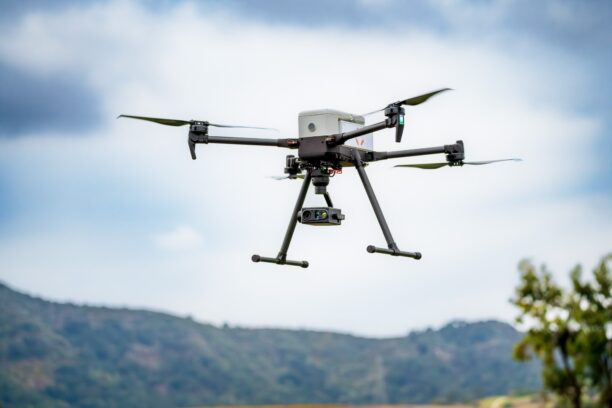
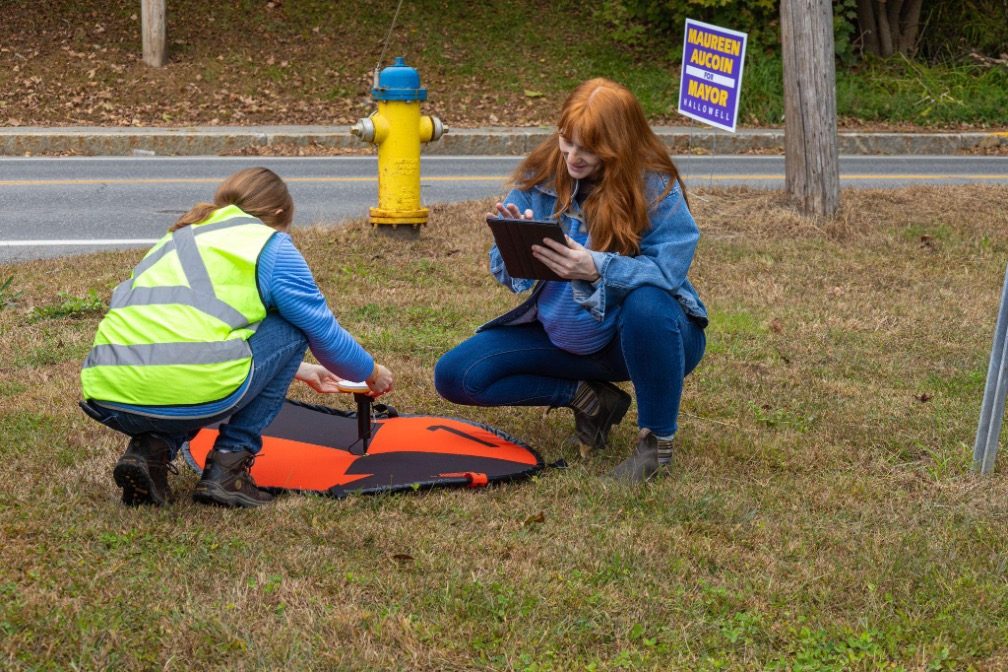
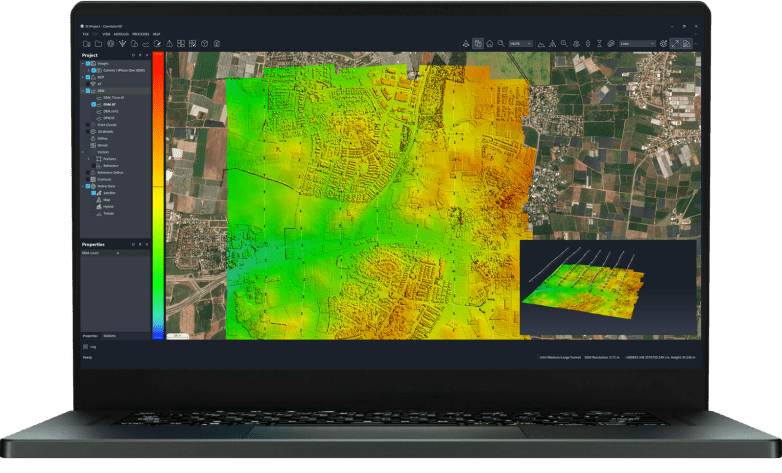
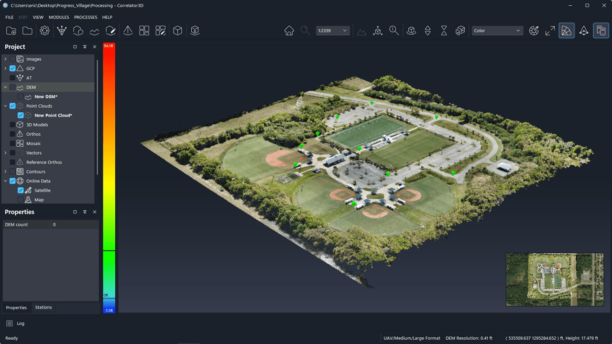
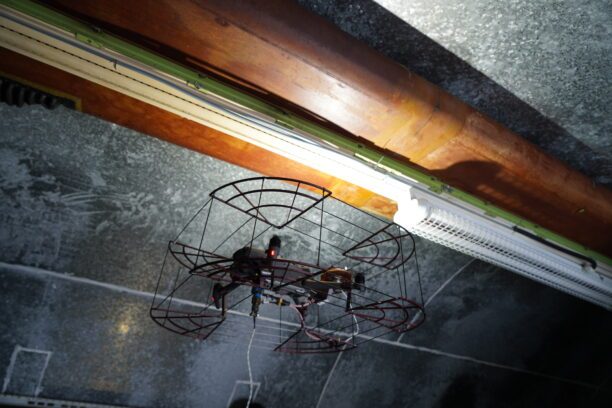
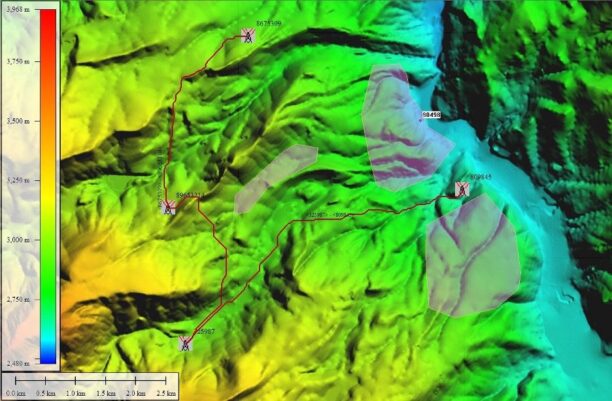
Leave a Reply